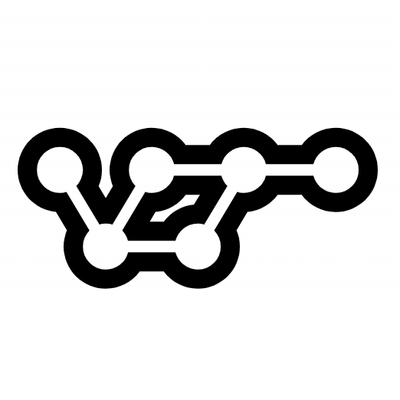
Security News
vlt Launches "reproduce": A New Tool Challenging the Limits of Package Provenance
vlt's new "reproduce" tool verifies npm packages against their source code, outperforming traditional provenance adoption in the JavaScript ecosystem.
@air/icons
Advanced tools
@air/iconsSource of truth for SVG icons used at Air. Published as an NPM library for React consumers.
yarn add @air/icons
Download your SVG to any location on your computer. Note the location as you will need it in the next step.
Run yarn workspace @air/icons run add:icon {path/to/icon} and follow the prompts.
Ensure the icon is loaded correctly into the component: Add the correct props to the <path> tag
svg element itself.<path> has no stoke or fill, you need to add fill="currentColor" to it.<path> has a defined fill and it's value isn't "currentColor", change it to that.<path> has a defined stroke or other stroke-* properties, set stroke's value to "currentColor"Run yarn build to map the newly added icons
yarn storybook to go and see the result of your work in Storybook.
Every component accepts all props that you'd expect an inlined svg to accept in a React environment. This includes className, style, fill, width, height, etc.
import { Check } from '@air/icons';
// ... later on, in some render method
<Check fill="#000000" width="24px" height="24px" />
Please render the SVG inline into your application. Be sure that aria-hidden="false" and also apply an id to the <title> aspect of the SVG. Lastly, give the value of that id to the attribute aria-labelledby on the actual <svg>.
This repository is for uniformly behaving, customizable icon sets. Please deal with the SVGs yourself.
You'll want to make a custom component in your application. Please deal with the SVGs yourself.
fill attribute on the actual <svg>...Note that fill is transformed to be currentColor. All you'll need to do is ensure the icon is rendered in a parent element whose CSS property color is defined.
There are many situations where this repository won't help, as outlined above. If instructed to deal with SVGs yourself (in your application context), you have two options.
Render SVGs inline - nothing wrong with that! Consider still using SVGO to optimize your SVG.
Integrate svgr into your application, steal our SVGO "format" config, and simply manage the implementation yourself. Why the "format" config in a webpack tool? In this repo, we use the format config to minify IDs because it has the context of the filename for prefixing the IDs and keeping them unique. Our bundle config doesn't minify IDs because it assumes they've already been prefixed properly to ensure there are no ID collisions for consumption of multiple SVGs on one page.
Using React Native? Import the SVG files inside your components using a package like react-native-svg-transformer.
FAQs
Air's iconography
We found that @air/icons demonstrated a not healthy version release cadence and project activity because the last version was released a year ago. It has 16 open source maintainers collaborating on the project.
Did you know?

Socket for GitHub automatically highlights issues in each pull request and monitors the health of all your open source dependencies. Discover the contents of your packages and block harmful activity before you install or update your dependencies.

Security News
vlt's new "reproduce" tool verifies npm packages against their source code, outperforming traditional provenance adoption in the JavaScript ecosystem.

Research
Security News
Socket researchers uncovered a malicious PyPI package exploiting Deezer’s API to enable coordinated music piracy through API abuse and C2 server control.

Research
The Socket Research Team discovered a malicious npm package, '@ton-wallet/create', stealing cryptocurrency wallet keys from developers and users in the TON ecosystem.